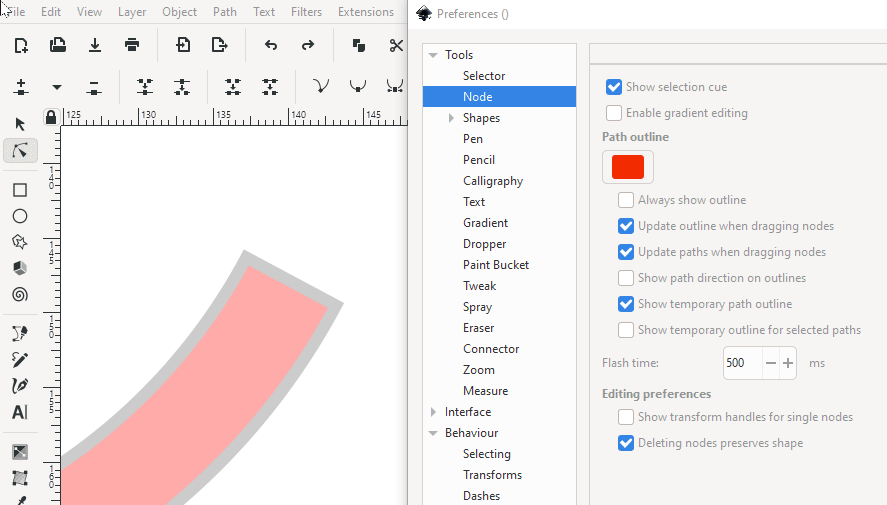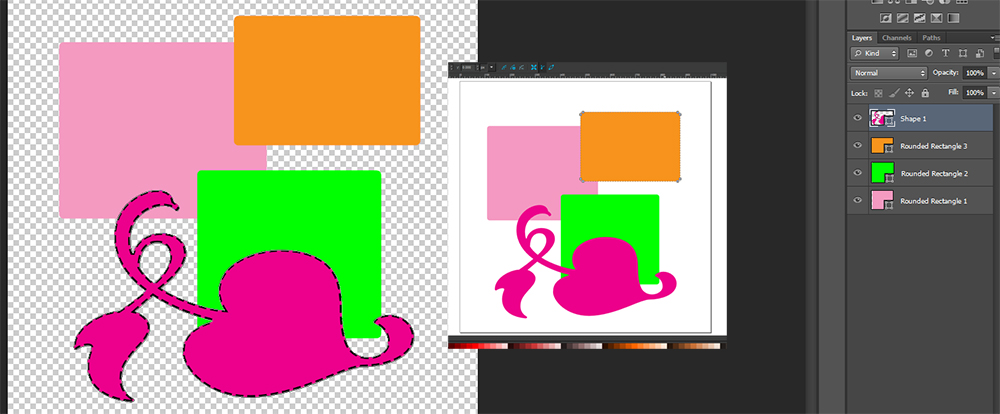
Try it out!Īt the left, there is your tool box.

Here, too, every field or button shows a tool tip when you point at it with the mouse. The icons in this bar change, depending upon the tool which is currently active. Hover over each button with the mouse cursor and read the tool tips, to find out what they are for.īelow the command bar, you can see the tool controls bar. Furthermore, this bar also contains the buttons for undoing and grouping. the one for saving, the one for the text properties or the one that allows you to change fill and stroke. From here, you can access all the important dialogs quickly – e.g. Depending on the format of your screen, this bar may also be found vertically on the right side of the Inkscape window. On the other hand, it is useful to at least know that they exist, in case you should need them some time.īelow the menu bar, there is the bar for quick access to the dialogs (command bar). The basic functionalities of Inkscape are easy to learn and to use, and at the beginning, you will easily do without most of the cool extra functionalities. Don’t be afraid, even if at first, all these terms you will see may seem confusing! Take your time to take a look around, so you can get a rough first impression of all the possibilities Inkscape has to offer. You have just created your first guide line -) – if you want to get rid of it again now, just drag it back into the ruler.Īt the very top of the window, there are the different menues, which give you access to a tremendous amount of different functions and dialogs. At the canvas’ top and to its left you can see the page rulers, which allow you to roughly estimate distances and which are used to create guide lines.Ĭlick on one of the two rulers now, hold the mouse button down and drag the mouse on the canvas. To the right and directly below the canvas, there are the scroll bars, which you can use to quickly move around the document. In our practice document, this page is very long, so that you probably won’t be able to see its borders right away. At the center of the canvas, there is the page area, which is framed by a thin dark border. Here you can become creative and do most jobs using your mouse. The big white area in the center of your screen is the canvas. The Inkscape WindowĪfter you have opened the file, you should be seeing something like this (minus the docked dialog on the right side, as you haven’t opened any yet): When you click on the images, you can look at a larger version – and if you’re not using Javascript in your browser, you can just use the back button of your browser to return to this page.


If there’s anything you think really needs a translation, please let me know in a comment. This is because I’m German, and I have used the German Inkscape interface to record the animations.

Sometimes, you will also see a German word or tooltip. You will also note that in your files, you will see different color gradients and fonts in the lists than there are in the images here. The colors also don’t look like this in the real Inkscape! The number of colors used in the animations had to be reduced, so the files would not become too huge for downloading. This shows that it is even possible to adapt the icons in Inkscape to your liking – they are just another SVG file themselves! Their position, though, is identical, and often the only difference is the color. In the screenshots and animations for this article, the icons look different from the standard icons which come installed with Inkscape.


 0 kommentar(er)
0 kommentar(er)
